Home>Gardening & Outdoor>Landscaping Ideas>What Does Grass Seed Need To Germinate
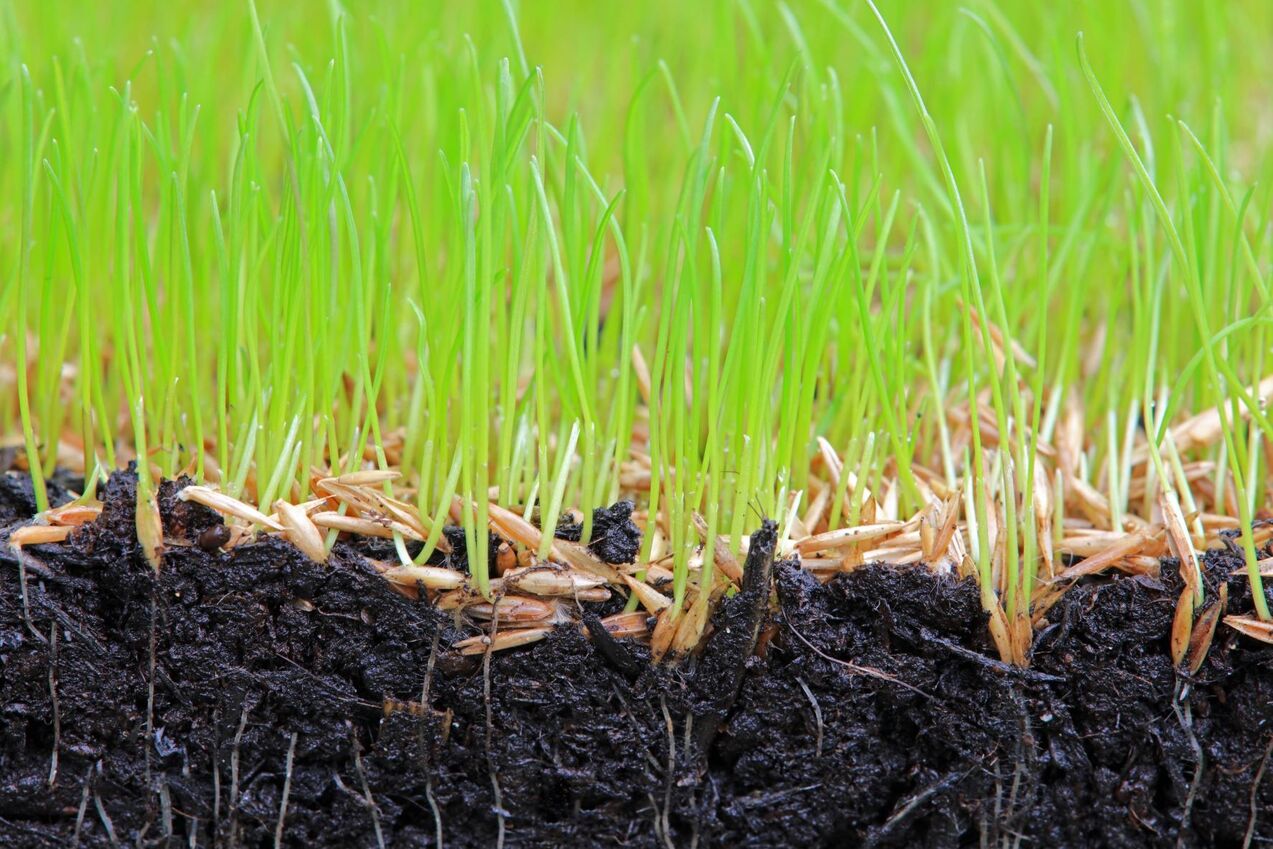

Landscaping Ideas
What Does Grass Seed Need To Germinate
Modified: October 18, 2024
Learn the essential requirements for grass seed germination and get expert landscaping ideas to ensure successful growth. Discover the best practices for nurturing your lawn.
(Many of the links in this article redirect to a specific reviewed product. Your purchase of these products through affiliate links helps to generate commission for Storables.com, at no extra cost. Learn more)
Introduction
Welcome to the wonderful world of landscaping and gardening! Whether you’re a seasoned enthusiast or just dipping your toes into the lush green waters of lawn care, understanding the germination process of grass seed is essential for nurturing a thriving and verdant lawn. Witnessing the miraculous transformation of tiny, seemingly lifeless seeds into vibrant blades of grass can be a truly rewarding experience.
In this comprehensive guide, we’ll delve into the fascinating journey of grass seed germination, exploring the essential factors that influence this process. By the end, you’ll have a deeper understanding of what it takes to coax grass seeds into sprouting and thriving, paving the way for a lush and inviting lawn to enhance your outdoor space.
So, grab your gardening gloves and let’s embark on this enlightening journey to uncover the secrets of germinating grass seed!
Key Takeaways:
- Grass seed needs consistent moisture, optimal soil temperature, adequate oxygen, appropriate light exposure, and well-prepared soil for successful germination and growth.
- Understanding the specific requirements of the chosen grass species and carefully managing these factors is crucial for nurturing a thriving and resilient lawn.
Read more: What Herbs Need Light To Germinate
Ideal Conditions for Grass Seed Germination
Germination is the magical process through which a dormant seed awakens and begins its transformation into a new plant. When it comes to grass seed, creating the ideal conditions for germination is crucial for ensuring successful growth and a vibrant, healthy lawn. Let’s explore the key factors that contribute to the optimal germination of grass seed.
Water, temperature, oxygen, light, and soil quality all play pivotal roles in the germination process. By understanding and carefully managing these factors, you can set the stage for the successful emergence of new grass seedlings.
So, let’s roll up our sleeves and delve into the specifics of each of these essential elements, unraveling the secrets to nurturing a thriving lawn from the very beginning!
Water
Water is a fundamental requirement for the germination of grass seed. Just like any other plant, grass seeds need an adequate supply of water to kick-start the germination process. When a seed absorbs water, it triggers biochemical changes that break its dormancy, signaling the start of growth.
Consistent moisture is crucial during the germination phase, as it keeps the seedbed uniformly damp without causing waterlogging. To achieve this, light and frequent watering is recommended to prevent the seeds from drying out. A fine mist or gentle spray from a hose can help maintain the necessary moisture levels without disturbing the seeds or causing erosion of the soil surface.
It’s important to monitor the moisture levels regularly, especially during dry or windy conditions, to ensure that the seeds remain adequately hydrated. While it’s essential to keep the soil moist, it’s equally important to avoid overwatering, as excessive moisture can lead to rotting of the seeds or promote the growth of mold and fungus.
During the germination period, typically lasting from 5 to 30 days depending on the grass species, it’s advisable to water the seeded area at least once or twice a day, especially if the weather is warm and dry. As the seedlings begin to emerge, gradually reduce the frequency of watering while increasing the amount of water applied to encourage deeper root growth.
By providing the right amount of water at the right time, you can create an optimal environment for grass seed germination, setting the stage for the emergence of healthy and resilient grass seedlings.
Temperature
Temperature plays a pivotal role in the germination of grass seed, influencing the speed and success of the process. Different grass species have specific temperature requirements for optimal germination, so understanding these preferences is essential for nurturing healthy seedlings.
Generally, cool-season grasses, such as Kentucky bluegrass, fescue, and ryegrass, thrive in cooler temperatures and are best sown in early fall or early spring when the soil temperature ranges between 50°F and 65°F (10°C to 18°C). These conditions provide an ideal environment for the seeds to germinate and establish strong root systems before the onset of harsh weather.
On the other hand, warm-season grasses, including Bermuda grass, Zoysia grass, and St. Augustine grass, prefer warmer soil temperatures, typically between 65°F and 70°F (18°C to 21°C), for successful germination. Planting these grasses in late spring or early summer allows them to take advantage of the warm temperatures and abundant sunlight to kick-start their growth.
It’s important to monitor the soil temperature using a soil thermometer to ensure that it aligns with the preferred range for the specific grass species you’re planting. If the soil is too cold, the germination process may be delayed, leading to uneven or sparse growth. Conversely, excessively high temperatures can hinder germination and put stress on emerging seedlings.
By sowing grass seed at the optimal soil temperature for the chosen species, you can maximize the chances of successful germination and establish a lush and resilient lawn that thrives in its environment.
Grass seed needs moisture, warmth, and good soil contact to germinate. Keep the soil consistently moist but not waterlogged, and provide warmth by planting in the spring or early fall. Good soil contact can be achieved by lightly raking the seed into the soil.
Oxygen
Oxygen is a vital element for the germination of grass seed, supporting the metabolic processes that drive the initial stages of growth. While it may not be as visibly apparent as water or sunlight, the presence of oxygen in the soil is crucial for the development of healthy and robust grass seedlings.
During germination, the seed undergoes metabolic changes that require energy, and oxygen plays a key role in facilitating these processes. Adequate oxygen levels in the soil ensure that the seeds can respire effectively, breaking down stored nutrients and converting them into energy to fuel the growth of the emerging seedlings.
Compacted or waterlogged soils can limit the availability of oxygen, impeding the germination process and causing stress to the developing seeds. To promote optimal oxygen levels in the soil, it’s essential to ensure proper soil aeration, especially in areas where the soil is dense or compacted.
Aeration can be achieved through various methods, including core aeration, which involves removing small plugs of soil to alleviate compaction and improve air circulation. This process not only enhances oxygen availability but also promotes better water infiltration and root development, creating an environment conducive to successful germination and long-term lawn health.
By addressing soil compaction and promoting adequate oxygen levels, you can create an optimal growing environment for grass seed germination, laying the foundation for a lush and resilient lawn that flourishes in its surroundings.
Read more: What Vegetables Need Light To Germinate
Light
Light is a crucial factor in the germination of grass seed, influencing the initiation of growth and the development of healthy seedlings. While seeds require darkness to break their dormancy, they rely on light to trigger the process of photosynthesis once they begin to sprout.
During the germination phase, it’s important to strike a balance between providing the seeds with the necessary darkness for breaking dormancy and exposing the emerging seedlings to adequate light for photosynthesis. This delicate balance ensures that the seeds can transition smoothly from dormancy to active growth, setting the stage for the development of robust grass seedlings.
When sowing grass seed, it’s essential to ensure that the seeds are in close contact with the soil, as this promotes darkness and encourages the initiation of germination. Once the seeds begin to sprout and the first green shoots emerge, exposing them to ample sunlight becomes crucial for their continued development.
For optimal results, aim to provide the emerging seedlings with at least 6 to 8 hours of direct sunlight each day, as this supports vigorous growth and the establishment of healthy root systems. If the seeded area is shaded or receives limited sunlight, consider trimming back overhanging branches or exploring alternative grass species that are better suited to low-light conditions.
By ensuring that the emerging seedlings receive the right balance of darkness and light, you can encourage robust growth and the development of vibrant, resilient grass that thrives in its environment.
Soil
The quality and composition of the soil play a critical role in the germination of grass seed, providing the essential nutrients and physical support necessary for the development of healthy seedlings. Understanding the characteristics of the soil and making the necessary preparations can significantly impact the success of the germination process.
Before sowing grass seed, it’s important to assess the soil to determine its texture, drainage capabilities, and nutrient content. Soil with good drainage is essential for preventing waterlogging, which can suffocate the seeds and impede germination. If the soil has poor drainage, amending it with organic matter or installing drainage systems can help create a more hospitable environment for the seeds.
Additionally, the nutrient levels in the soil directly influence the initial growth and development of the emerging seedlings. Conducting a soil test can provide valuable insights into the soil’s pH levels and nutrient composition, guiding the application of fertilizers or soil amendments to optimize the conditions for germination.
When preparing the soil for seeding, loosening the top layer and removing debris and weeds can create a favorable seedbed for the grass seeds. This process, known as soil preparation, promotes good seed-to-soil contact and ensures that the seeds have the best possible conditions for germination and establishment.
Choosing the right type of soil for the specific grass species being planted is also crucial. Some grasses thrive in sandy soils with excellent drainage, while others prefer the moisture retention and fertility of loamy soils. Understanding the soil preferences of the chosen grass species allows you to tailor the soil conditions to meet their unique requirements.
By addressing soil quality, drainage, and nutrient levels, you can create an optimal growing environment for grass seed germination, laying the groundwork for a healthy and resilient lawn that flourishes in its surroundings.
Conclusion
As we’ve explored the essential factors influencing the germination of grass seed, it’s clear that creating the ideal conditions for this process is crucial for nurturing a thriving and resilient lawn. Water, temperature, oxygen, light, and soil quality collectively contribute to the successful emergence and establishment of healthy grass seedlings.
By understanding the specific requirements of the chosen grass species and carefully managing these factors, you can set the stage for a successful germination process. Consistent moisture, optimal soil temperature, adequate oxygen levels, appropriate light exposure, and well-prepared soil collectively create an environment that is conducive to the growth and development of robust grass seedlings.
It’s important to approach the germination process with patience and attentiveness, monitoring the conditions and making adjustments as needed to support the emerging seedlings. By providing the right balance of these essential elements, you can lay the foundation for a lush and inviting lawn that enhances the beauty of your outdoor space.
So, whether you’re embarking on a new landscaping project or revitalizing an existing lawn, applying this knowledge to create the perfect environment for grass seed germination will yield rewarding results. From the first tender shoots to the lush expanse of greenery, the journey of germination sets the stage for a vibrant and thriving lawn that you can enjoy for years to come.
With these insights in mind, you’re well-equipped to embark on the exciting adventure of nurturing healthy and resilient grass seedlings, ultimately cultivating a lush and inviting lawn that becomes a source of pride and joy.
Frequently Asked Questions about What Does Grass Seed Need To Germinate
Was this page helpful?
At Storables.com, we guarantee accurate and reliable information. Our content, validated by Expert Board Contributors, is crafted following stringent Editorial Policies. We're committed to providing you with well-researched, expert-backed insights for all your informational needs.
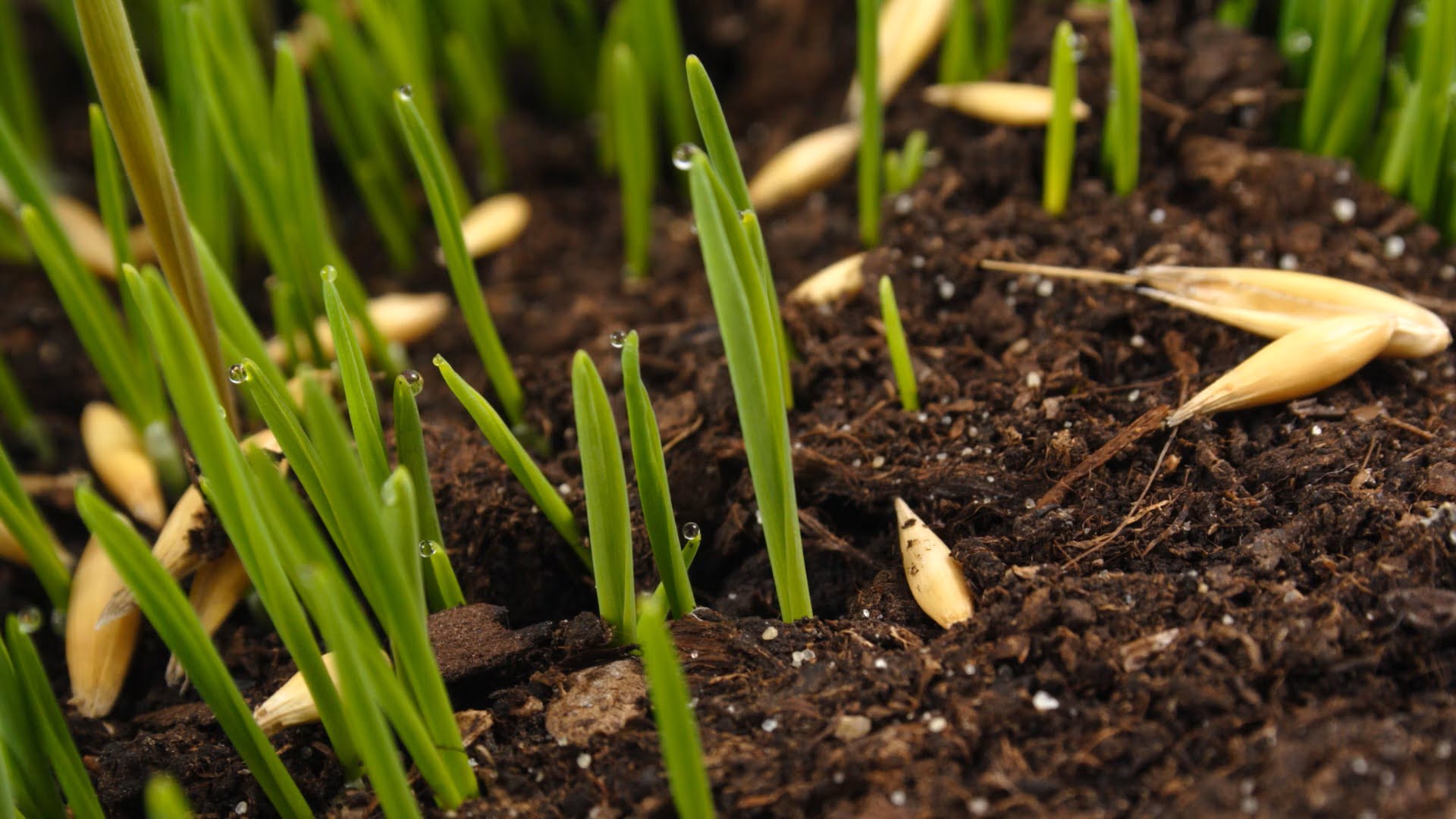

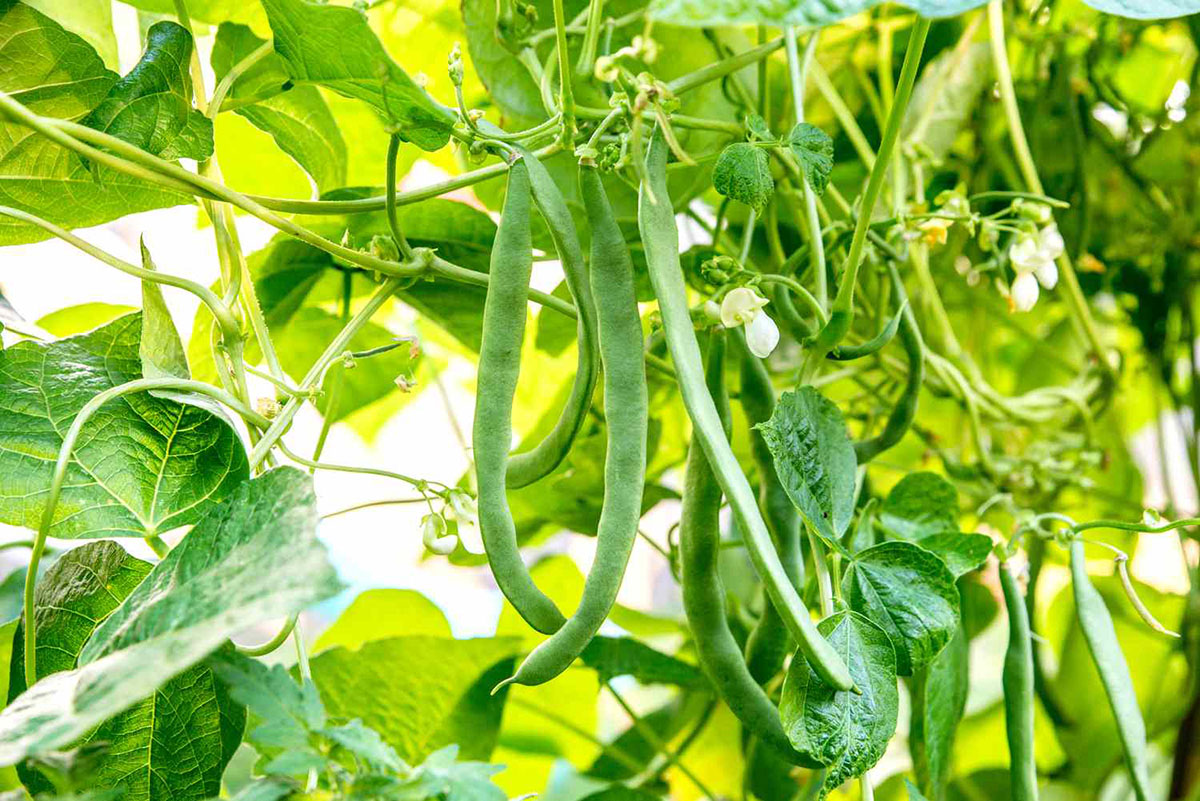
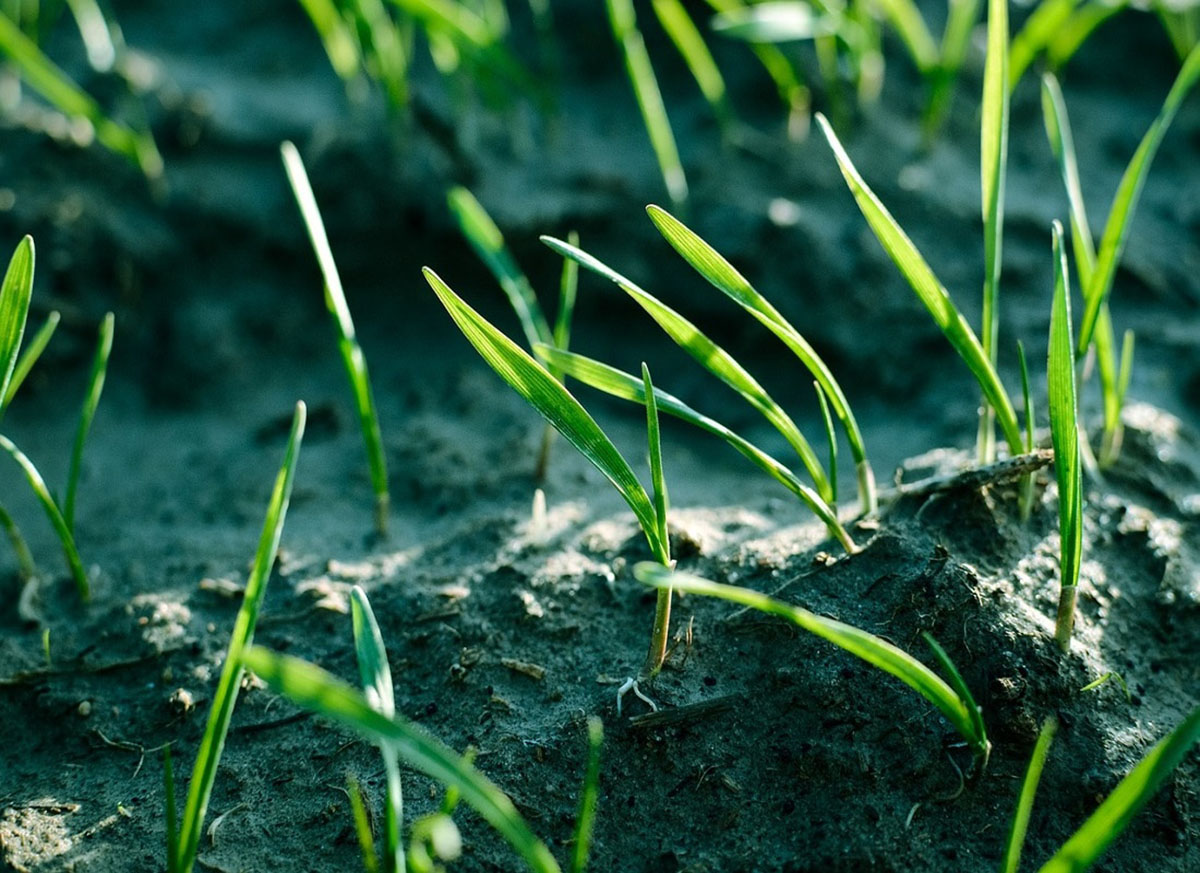
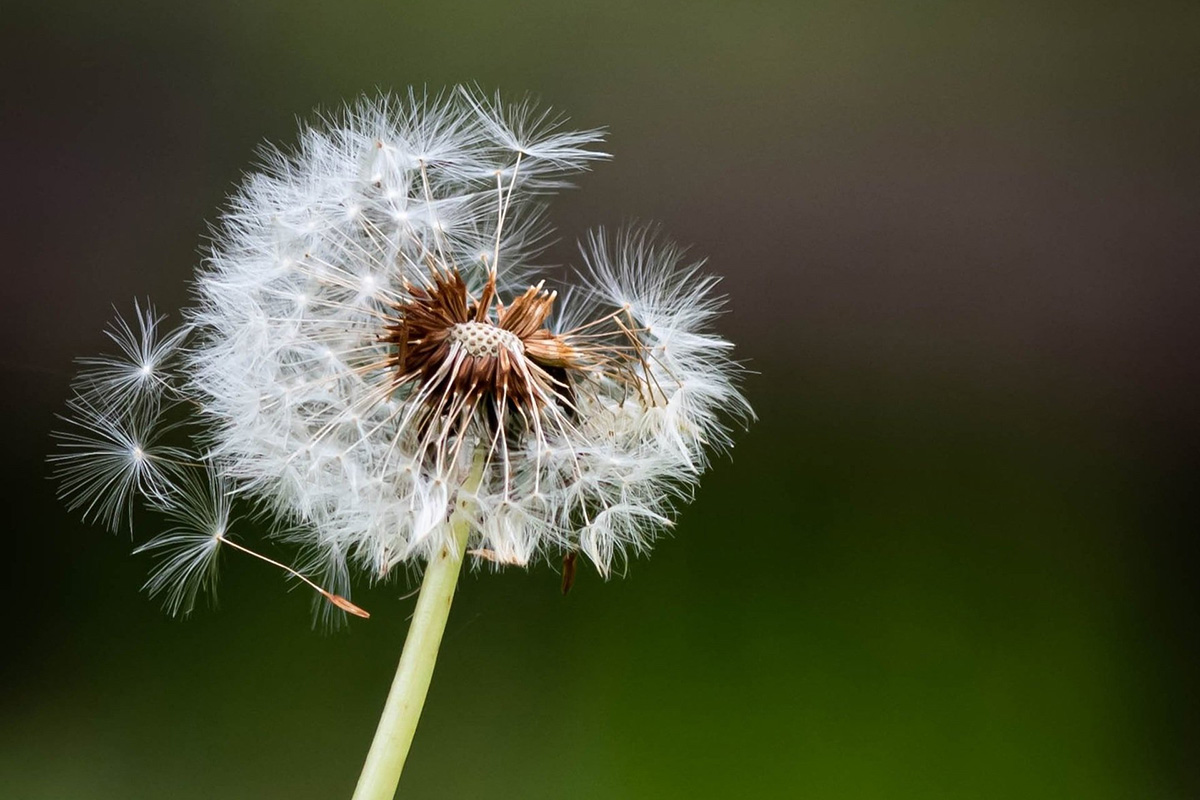
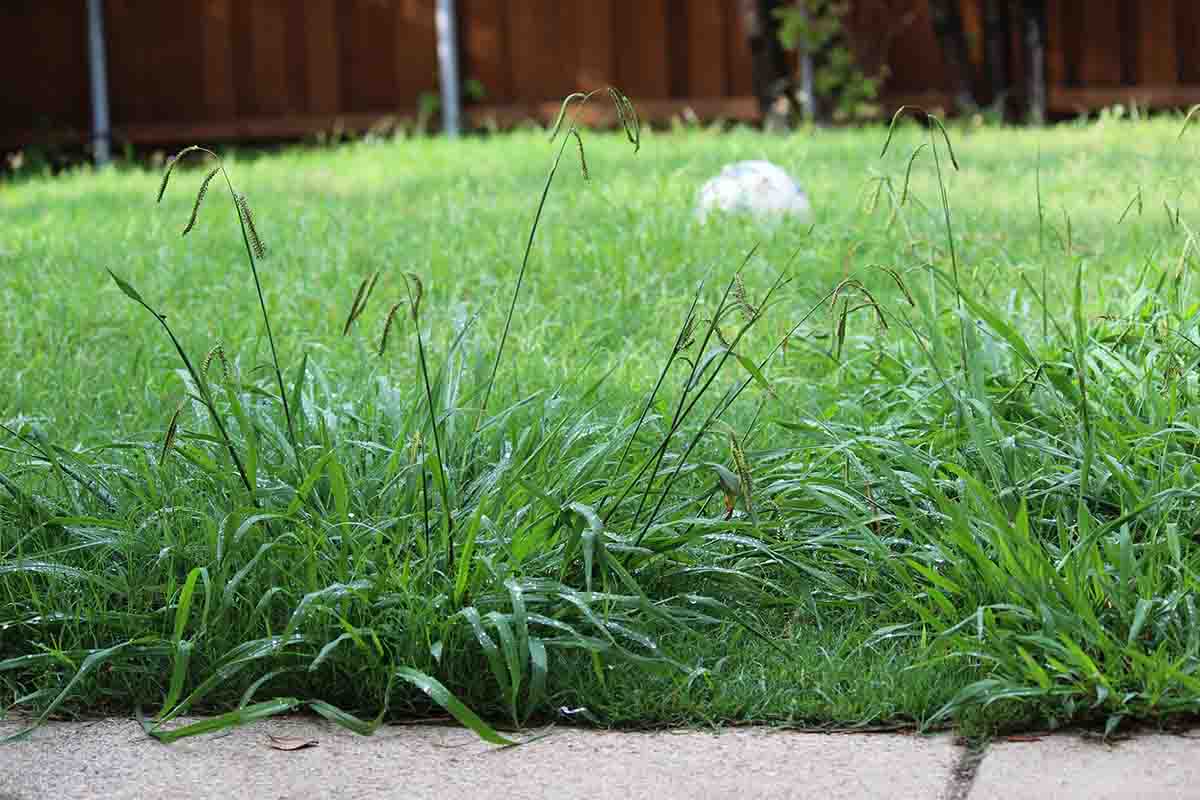
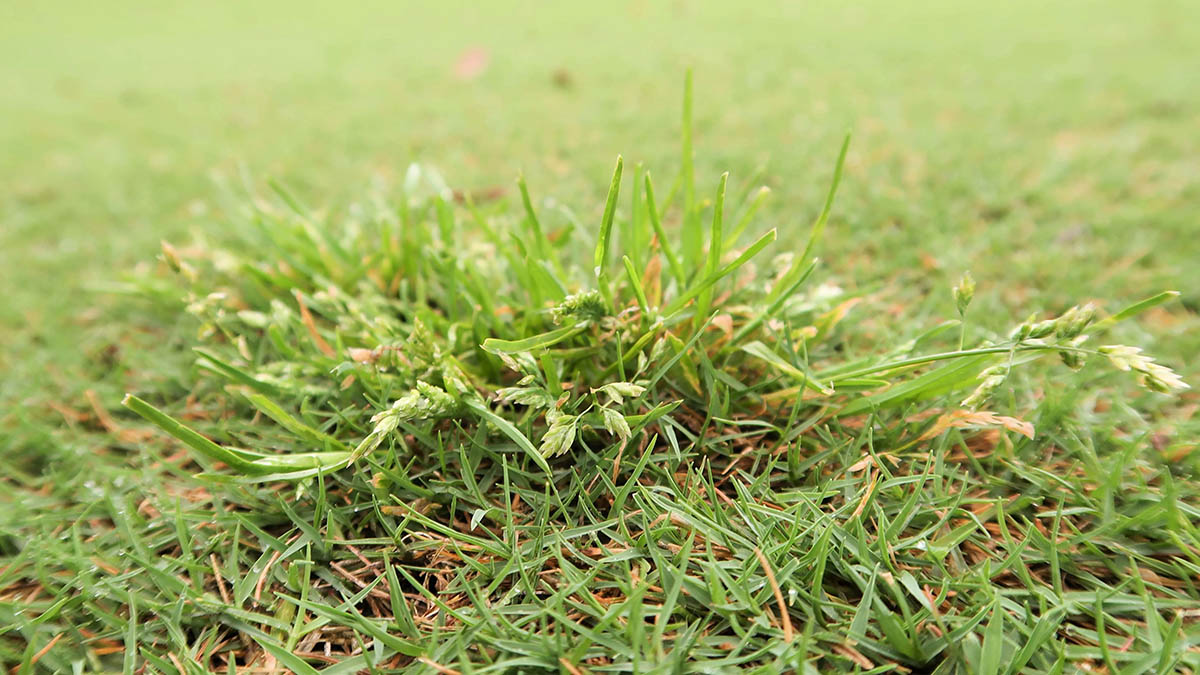
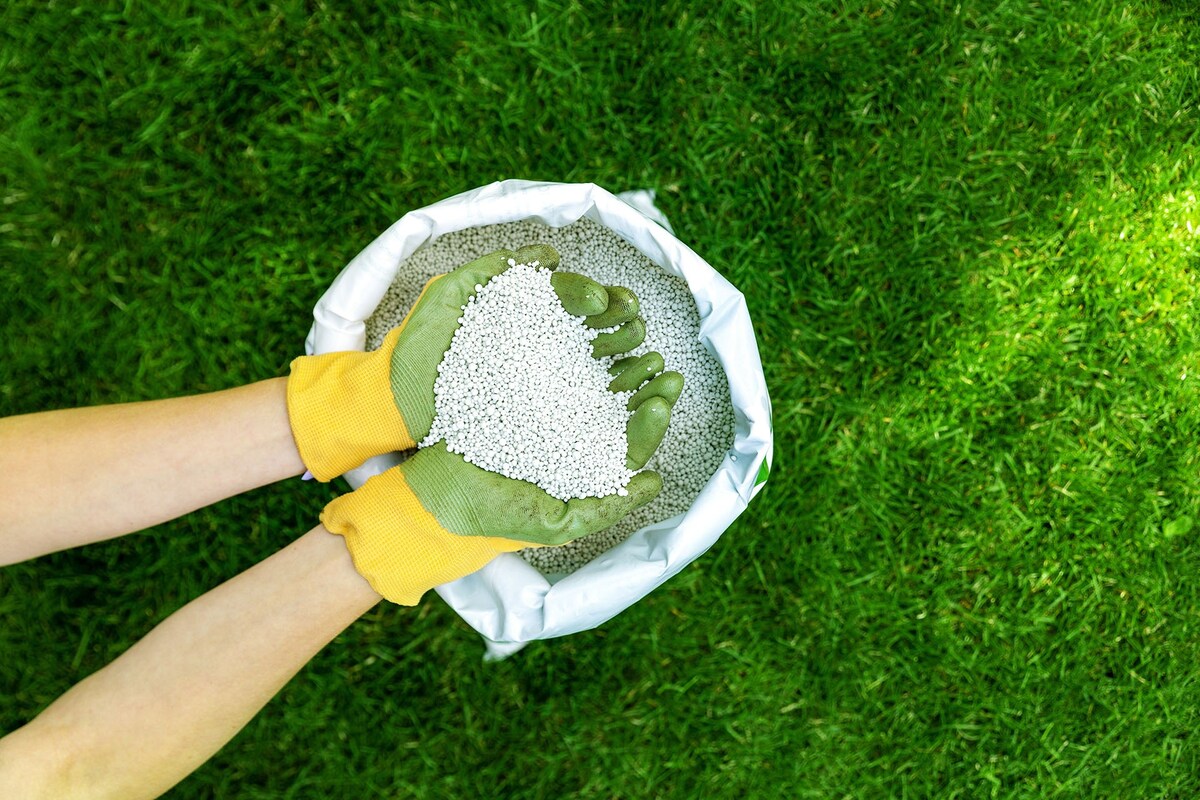
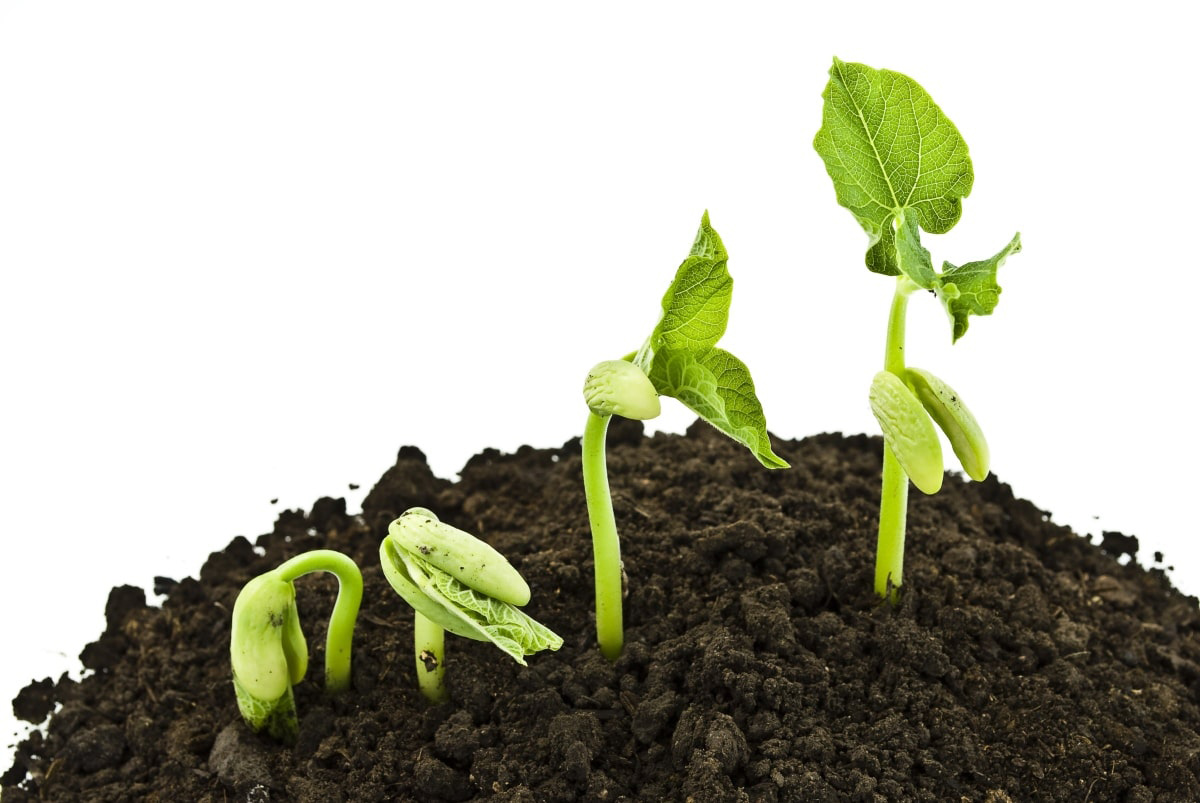
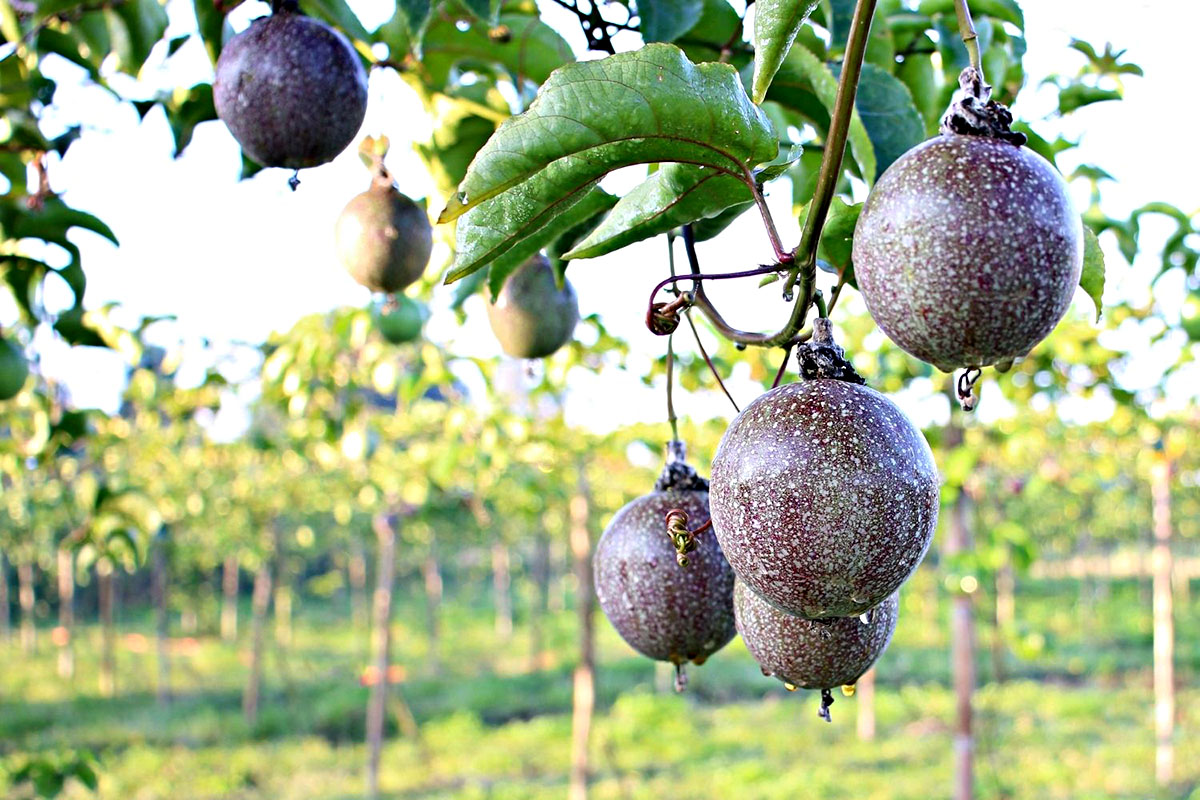
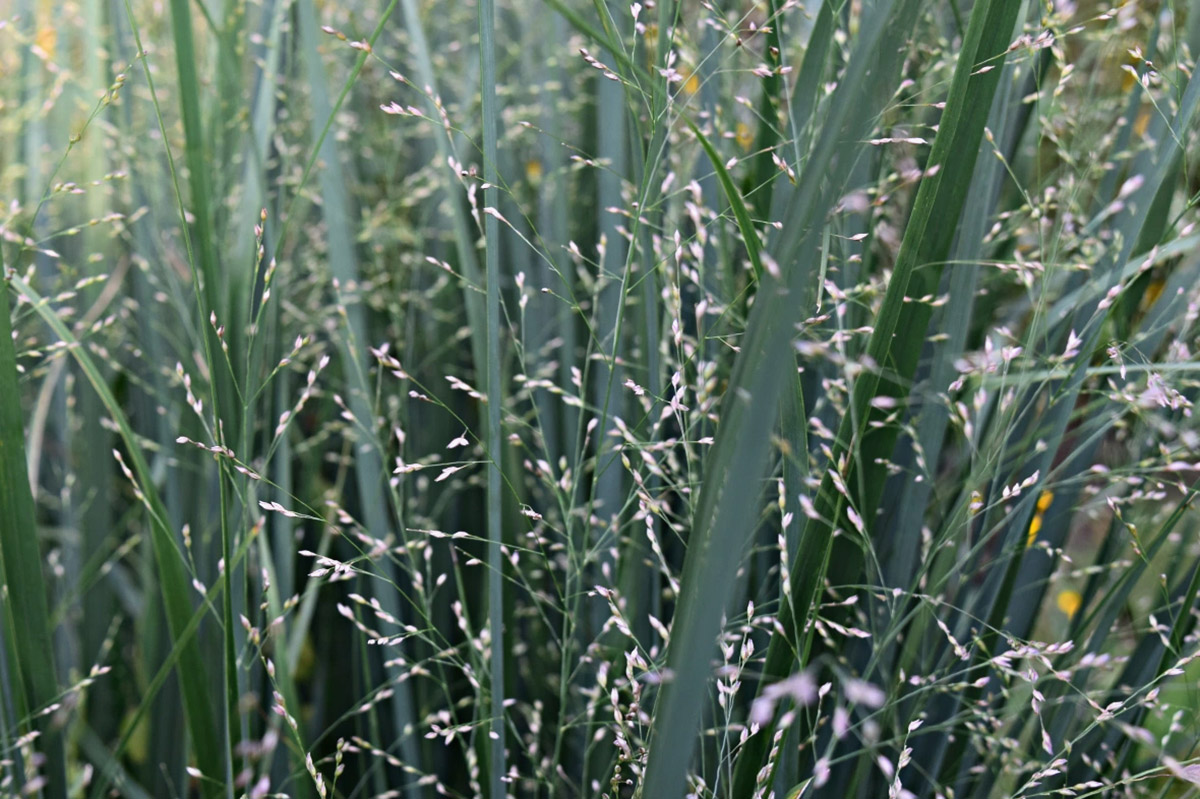
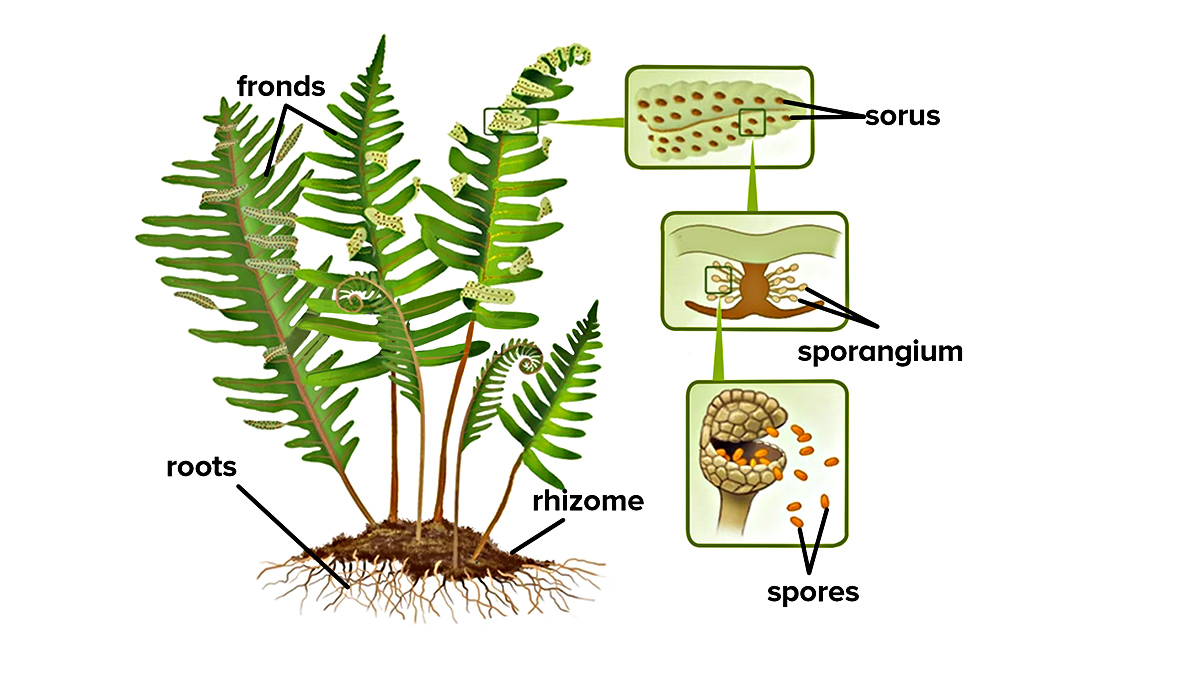
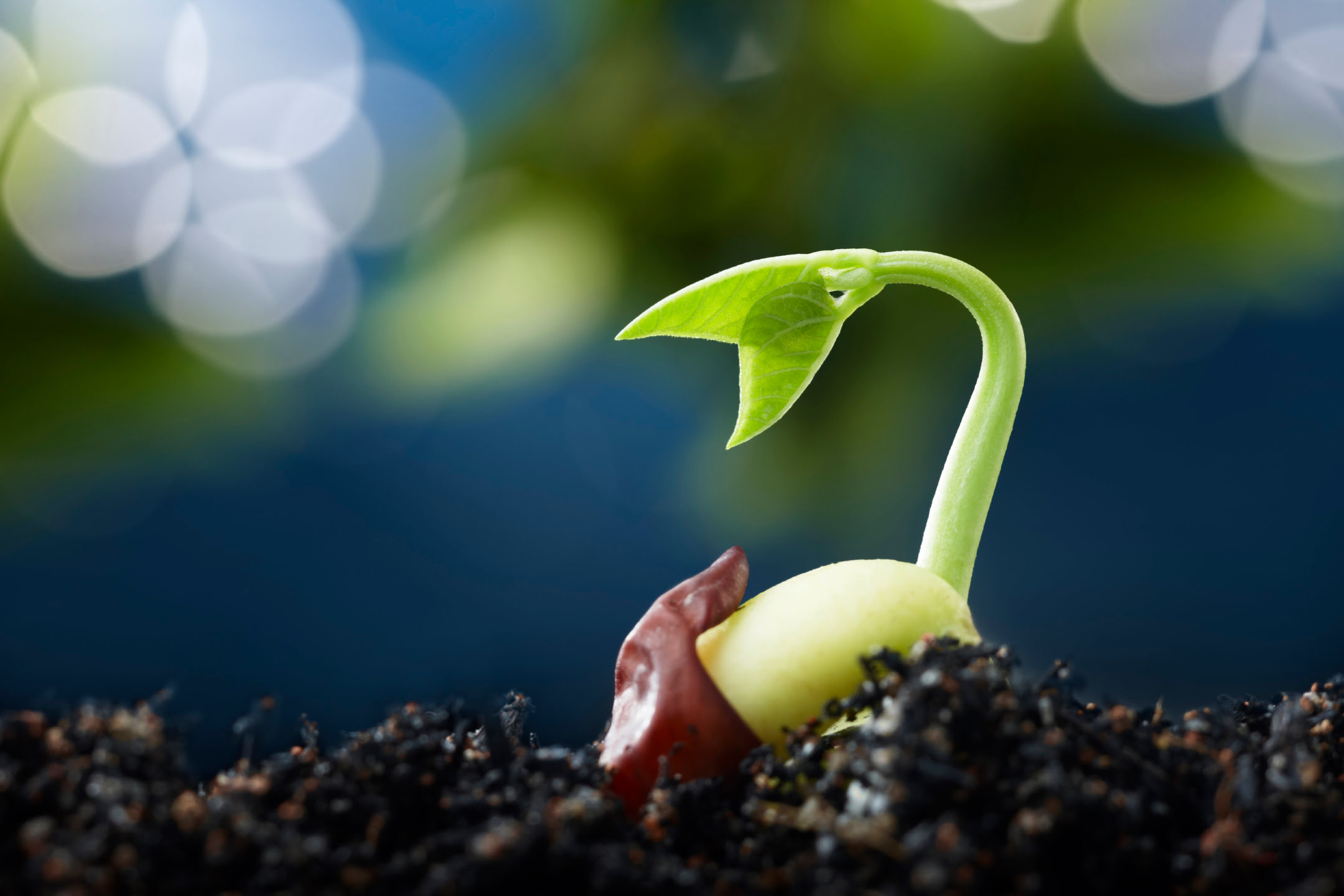
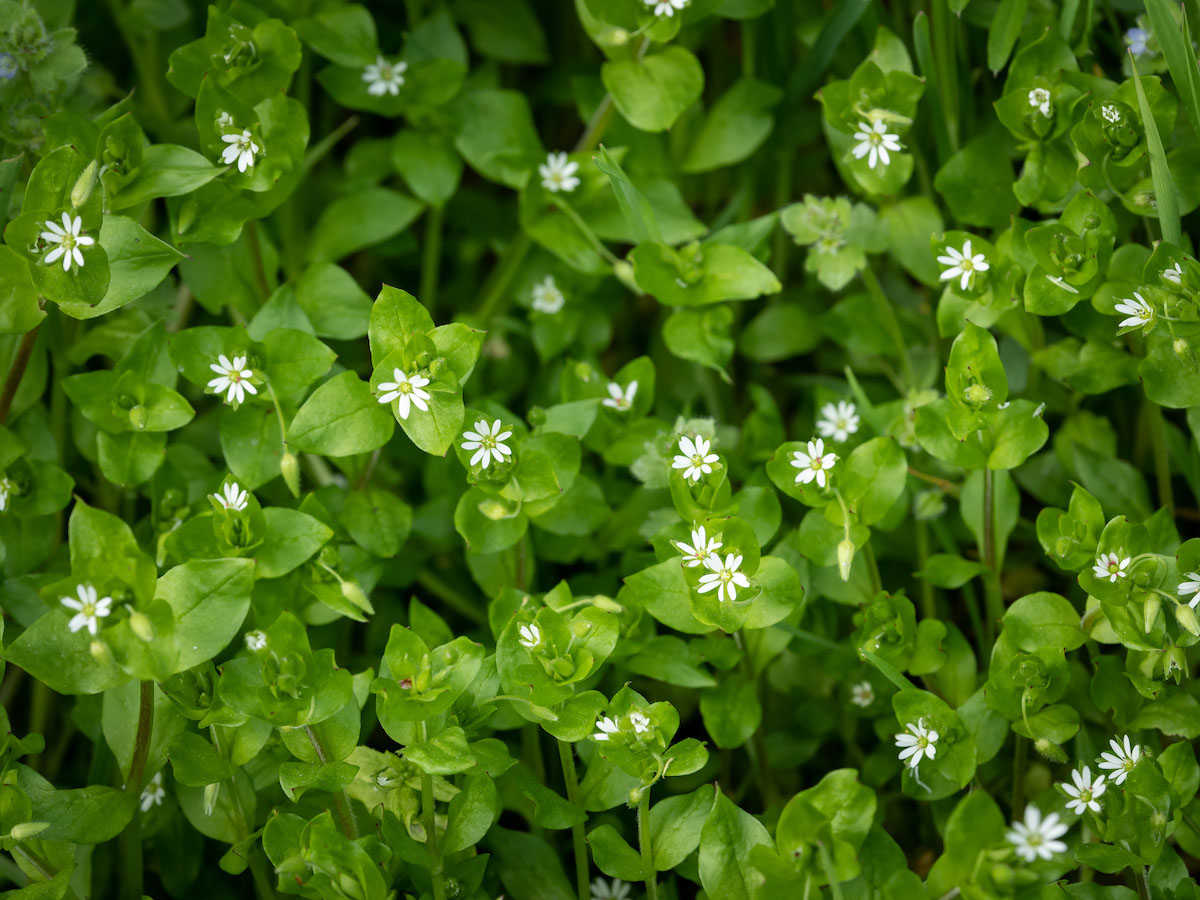

0 thoughts on “What Does Grass Seed Need To Germinate”